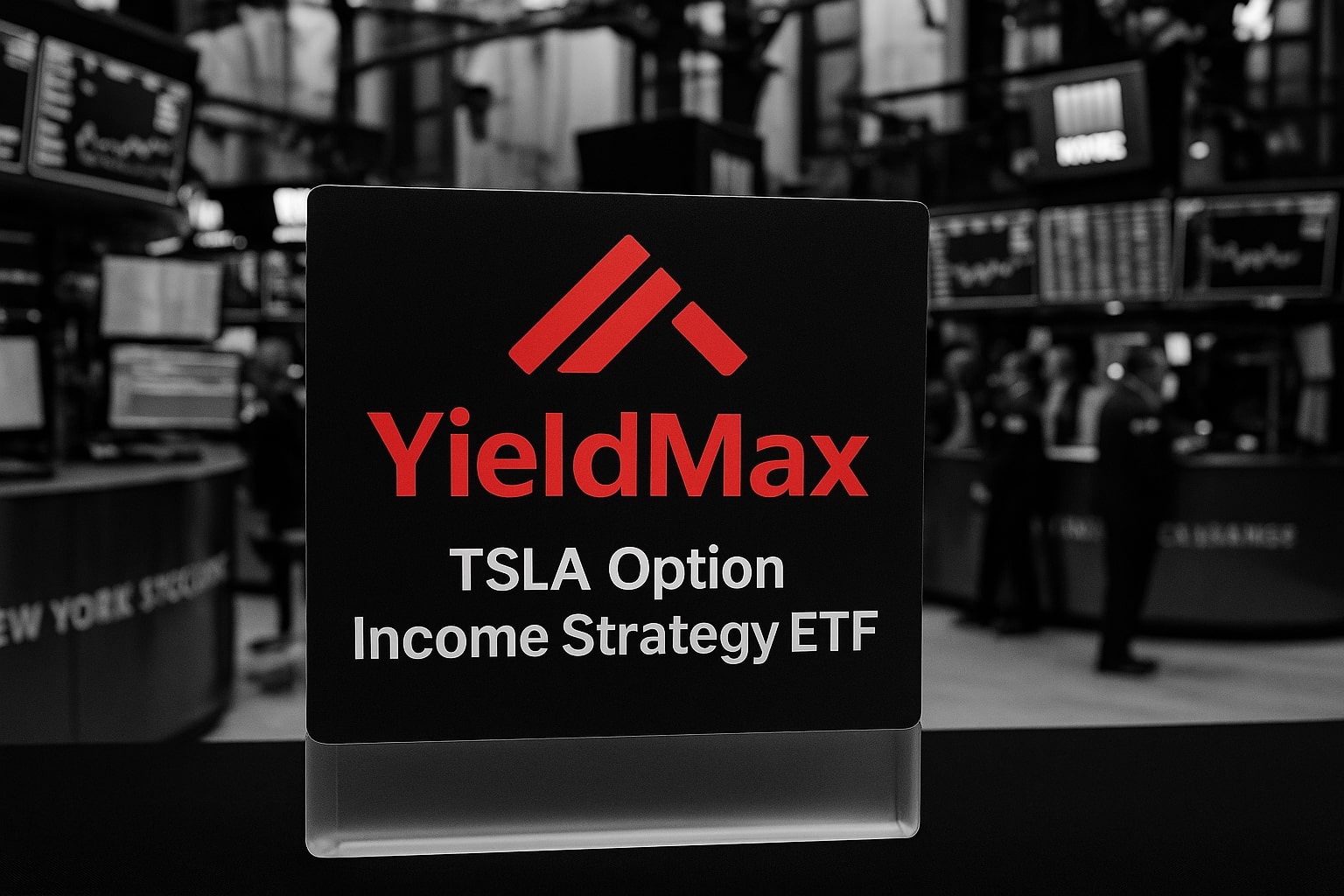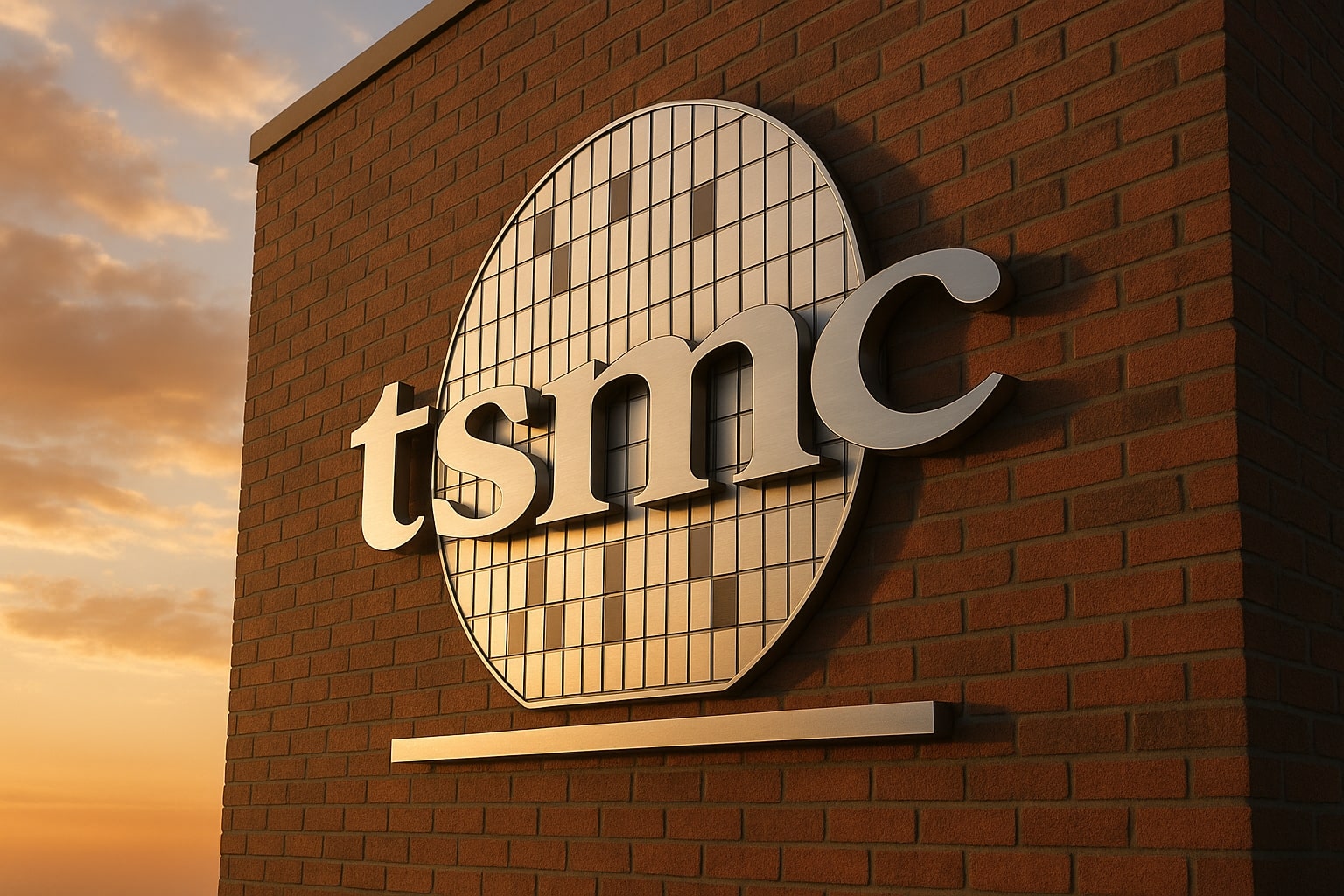Comparing TSLY to TSW: Risk Management Over Leverage
TSLY’s structural advantage over TSW lies in risk-adjusted performance. While TSW amplifies Tesla’s weekly movements with leverage, TSLY focuses on volatility harvesting. The expense ratios are nearly identical (TSLY at 1.04%, TSW at 0.99%), yet the outcome diverges sharply. TSW’s leverage magnifies both gains and losses, making it dependent on a strong bullish thesis for Tesla, whereas TSLY can thrive in uncertainty.
The income stability of TSLY in range-bound or mildly bearish markets makes it more suitable for investors seeking consistent cash flow rather than capital growth. TSLY’s 2025 performance shows that during consolidation phases lasting three months or longer, it beat Tesla’s total return by 2–3 percentage points on average, offering meaningful alpha for risk-conscious investors.
TSLY’s Yield Sustainability and NAV Erosion Risk
While the 91.95% trailing 12-month yield is eye-catching, sustainability depends heavily on volatility and Tesla’s price path. Analysts estimate that long-term realistic yields will normalize around 40–55% annually if volatility moderates. The ETF’s NAV erosion—a common byproduct of aggressive option income strategies—has been gradual but noticeable. The ratio of TSLY’s NAV to Tesla’s price has declined steadily since inception, reflecting income distributions exceeding capital gains.
However, this erosion is not a structural flaw but a mechanical consequence of the fund’s return-of-capital (ROC) distribution model. Investors seeking compounding growth must reinvest monthly distributions, while those prioritizing income can treat TSLY as a high-yield cash-flow instrument.
Fund Composition, Assets, and Trading Metrics
TSLY manages $1.32 billion in assets, placing it among the largest single-stock income ETFs globally. The fund’s NAV stands at $8.35, with a daily trading volume of 35.4 million shares, ensuring deep liquidity. Its beta of 0.00 relative to the S&P 500 underscores its independence from traditional equity correlations, making it a potent diversifier in income portfolios. The fund’s expense ratio of 1.04% remains within the norm for derivative income ETFs, justified by the complexity of synthetic replication and continuous option rebalancing.
The fund’s 3-month total return of 32.75% versus its category average of 6.03% underscores its outperformance streak, while 2024’s 50.55% annual return and 2023’s 29.14% cemented TSLY’s reputation as one of the best-performing thematic income vehicles tied to a single stock.
Tesla’s High Valuation and TSLY’s Hedge Advantage
Tesla’s $3 trillion market capitalization, forward P/E above 70, and persistent valuation premiums make a near-term correction plausible. Should Tesla stall or retreat, TSLY’s structure offers a built-in hedge through premium accumulation. In essence, the fund transforms Tesla’s volatility — the very factor that deters many investors — into an income stream that cushions downside and monetizes indecision.
When Tesla rallied 89% from April 2025 lows, TSLY trailed slightly at 69%, yet when Tesla dipped, TSLY consistently lost less. The ETF’s asymmetric risk profile — limited upside, moderated downside — appeals to investors expecting Tesla to remain volatile but directionless in the short to medium term.
Market Sentiment and Analyst Positioning
Quantitative rankings place TSLY as a “Buy” with a score of 4.11, outperforming peers in derivative income strategies. Seeking Alpha analysts rate it “Hold” at 2.6, reflecting caution over unsustainably high yields, while Wall Street coverage remains limited due to the fund’s niche structure. Institutional participation is gradually increasing, with income-focused portfolios incorporating TSLY as an alternative to covered-call ETFs on indices like JEPI or QYLD, but with amplified Tesla exposure.
Investor Outlook: Volatility as Opportunity
TSLY’s future hinges on Tesla’s volatility environment. If implied volatility rises from its current mid-50% range toward 65–70%, option premiums could expand by 20–30%, directly boosting distributions. The fund’s sweet spot is a $230–$280 Tesla trading corridor, where frequent price swings sustain premium income without breaching the ETF’s upside cap.
If Tesla breaks out sharply above $300, TSLY’s upside will lag, but yield continuity remains intact. Conversely, in a 10–15% Tesla correction scenario, TSLY could outperform both the underlying and the broader market due to its premium buffer and cash reserve yield.
Verdict: Buy — TSLY Remains the Smart Income Play on Tesla’s Volatility
Based on its robust one-year return of 53.84%, persistent 94% yield, disciplined option execution, and strong performance in range-bound markets, YieldMax TSLA Option Income Strategy ETF (NYSEARCA:TSLY) stands out as a Buy for investors seeking aggressive monthly income rather than long-term capital growth.
Its strategy converts Tesla’s volatility into cash flow, offering a structurally hedged exposure with limited downside sensitivity and predictable yield. While NAV erosion and capped upside remain inherent trade-offs, the fund’s tactical strength in uncertain markets, high liquidity, and outperforming returns relative to peers justify its bullish stance. For ongoing data, see TSLY Real-Time Chart and Insider Transactions.



















